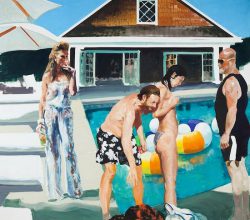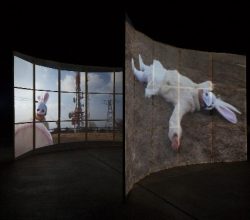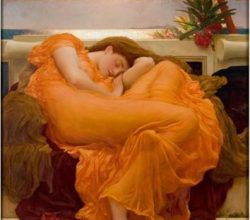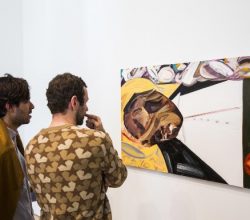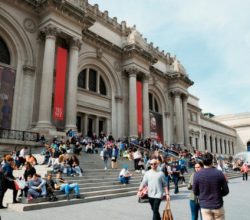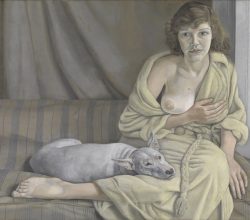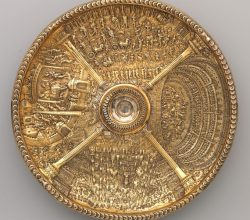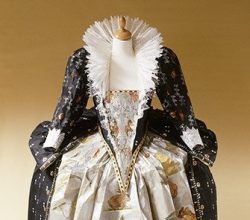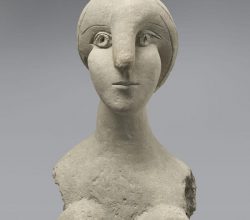
Picasso’s nudist streak
Fiammetta Rocco | 1843 | 19th March 2018
In 1932 Picasso had sex on his mind – a new affair with a young lover. History is not censorious because his art was scintillating. “His private life was complicated … his relationship to surrealism [undecided]; in many ways one feels Picasso was in a moment where he really had to clarify his position, in life as much as in art”. An excellent video (5 min) is here and images here.

